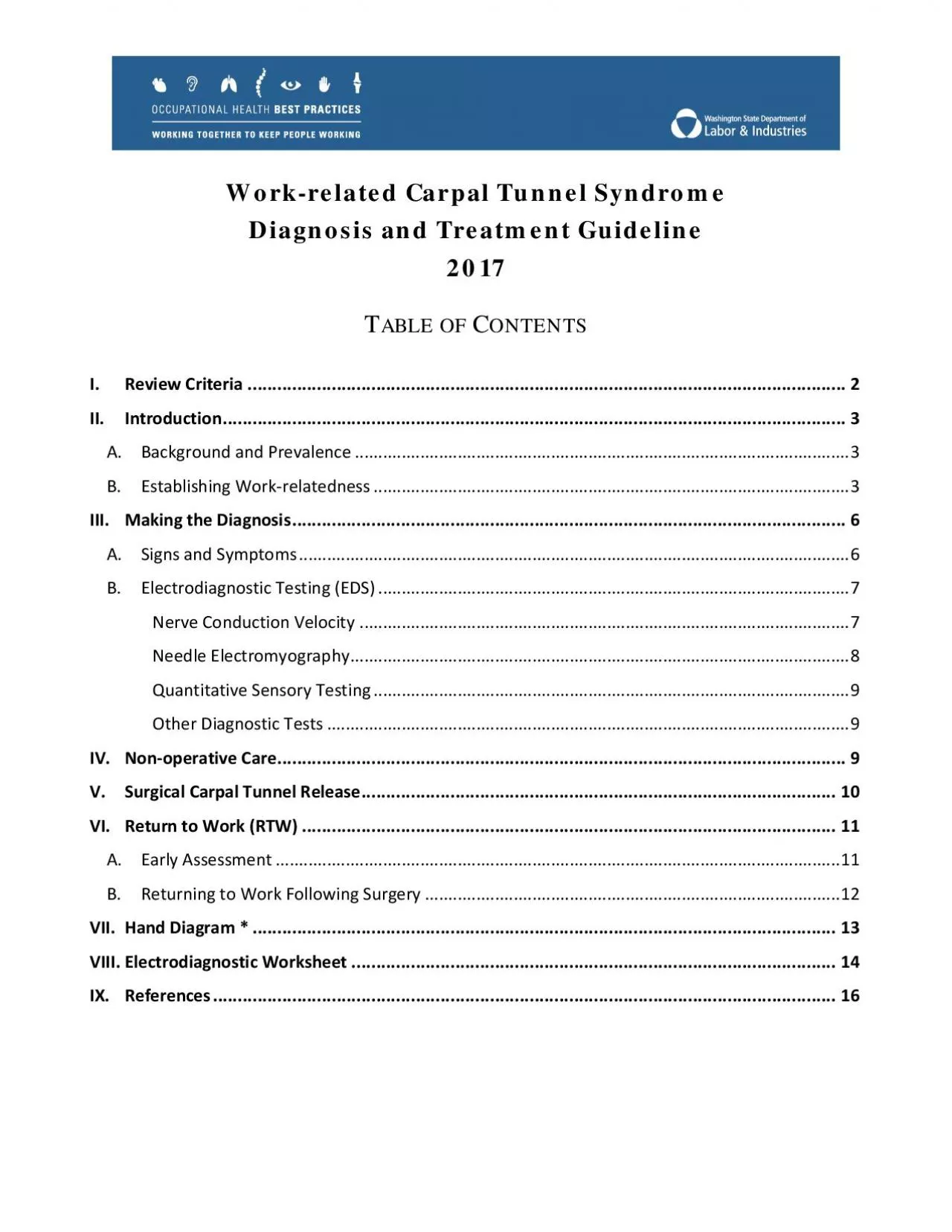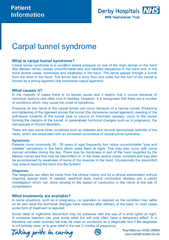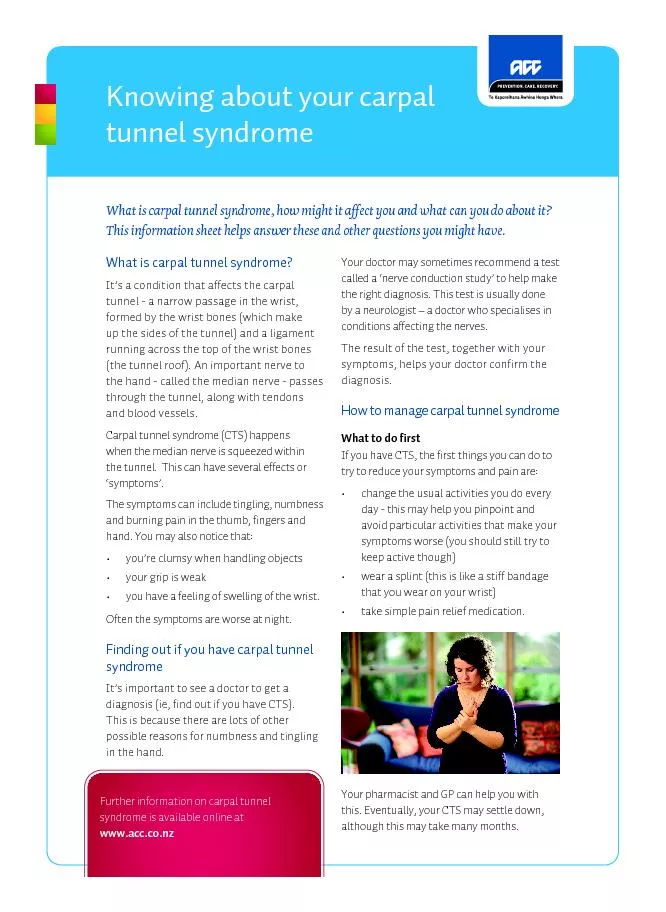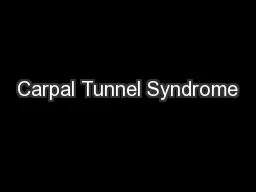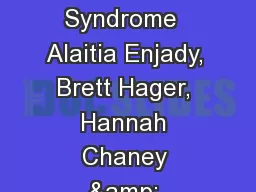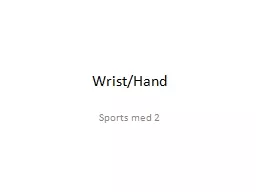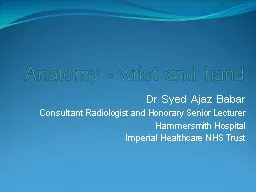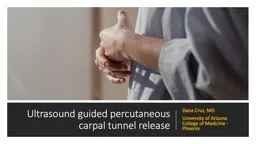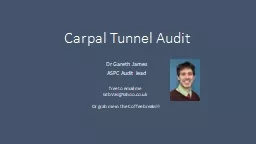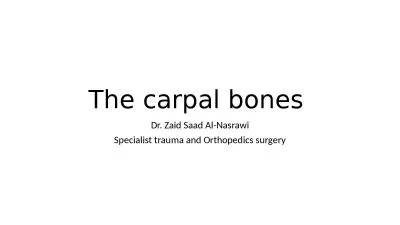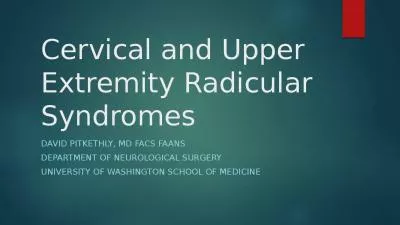PDF-Workrelated Carpal Tunnel SyndromeDiagnosis and Treatment GuidelineABL
Author : unita | Published Date : 2022-08-21
x0000x0000 xAttxachexd xBottxom xBBoxx 4x5 47x029x2 54x274x5 11x203x69 xSubxtypex Foxoterx Tyxpe xPagixnatixon
Presentation Embed Code
Download Presentation
Download Presentation The PPT/PDF document "Workrelated Carpal Tunnel SyndromeDiagno..." is the property of its rightful owner. Permission is granted to download and print the materials on this website for personal, non-commercial use only, and to display it on your personal computer provided you do not modify the materials and that you retain all copyright notices contained in the materials. By downloading content from our website, you accept the terms of this agreement.
Workrelated Carpal Tunnel SyndromeDiagnosis and Treatment GuidelineABL: Transcript
Download Rules Of Document
"Workrelated Carpal Tunnel SyndromeDiagnosis and Treatment GuidelineABL"The content belongs to its owner. You may download and print it for personal use, without modification, and keep all copyright notices. By downloading, you agree to these terms.
Related Documents

